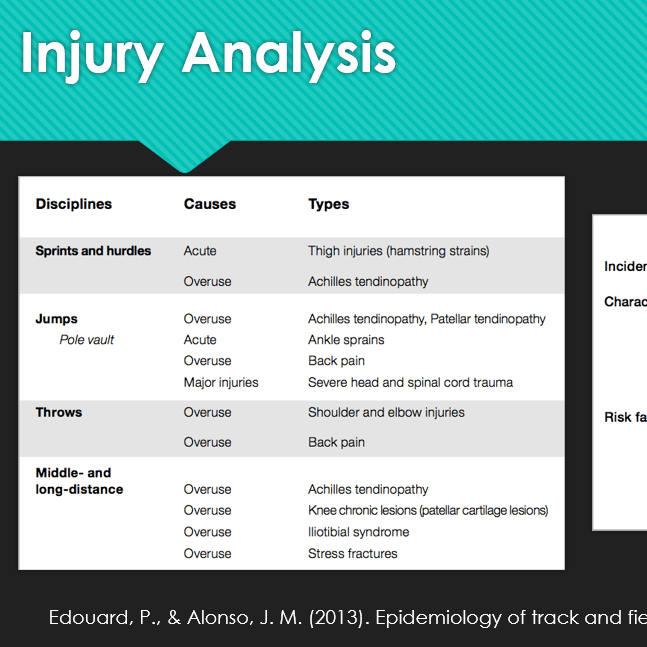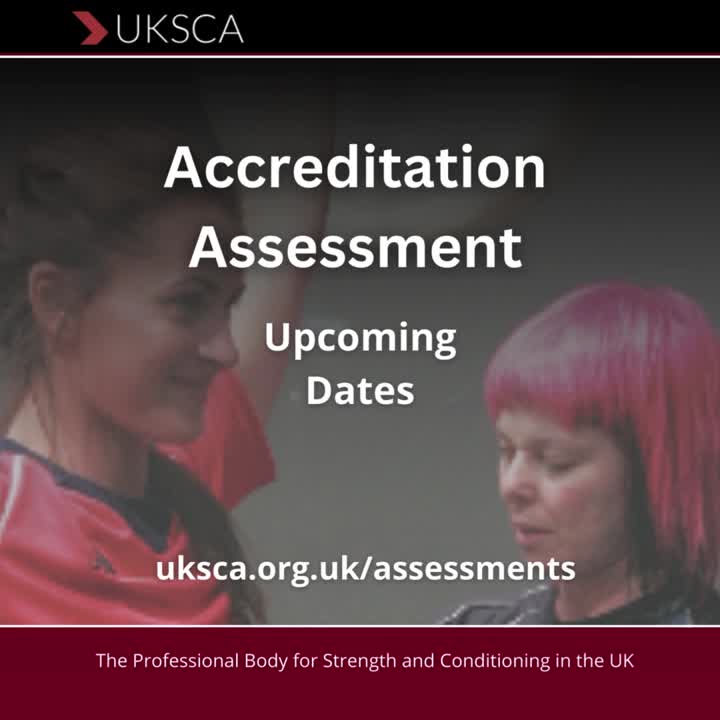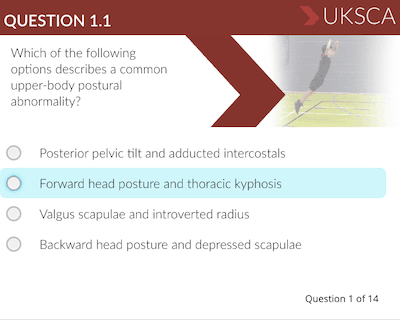


The more accurate title for this assessment is ‘The plyometric/ballistic and speed/agility assessment’ where you will be paired with another candidate and will take turns in the coaching and athlete roles. If, due to injury you are not able to perform the athlete role for another candidate, we can organise a substitute. Please let the office know as soon as possible in order to enable the schedule to be adjusted as necessary. A quality assurance/lead assessor may also be present, but they are there to observe the assessor, not you.
You will be allocated one of six, structured scenarios and within this scenario 1x plyometric/ballistic and 1x speed/agility exercise. A selection of equipment will be provided such as micro-hurdles, plyo boxes, medicine balls, cones, tennis balls.
The 20 minute assessment is split into approximately:
Followed by questions from the assessor.
The pass rate for those on their first PAS assessment is around 30%, and the most important lesson to learn from those that fail is to prepare well. You know the scenarios ahead of time, you don’t know which you will be allocated on the day so prepare for them all.
In addition, don’t make these common mistakes, while not automatic failure points, making them won’t support you in demonstrating competency:
| Scenario | Warm Up | Plyometric / Ballistic | Speed / Agility |
| Deliver an appropriate warm up |
|
|
| Scenario | Warm Up | Plyometric / Ballistic | Speed / Agility |
| 2. You are coaching an athlete whose technical coach would like you to help them improve their transition into acceleration over 5 metres and their jump ability | Deliver an appropriate warm up |
|
|
| Scenario | Warm Up | Plyometric / Ballistic | Speed / Agility |
| 3. You are coaching an athlete who requires good acceleration from a variety of start positions. They and their technical coach would like you to help improve their jump ability and their initial acceleration | Deliver an appropriate warm up |
| Linear acceleration from varied start positions:
|
| Scenario | Warm Up | Plyometric / Ballistic | Speed / Agility |
| 4. You are coaching an athlete and they and their technical coach would like you to help their ability to turn and reaccelerate | Deliver an appropriate warm up |
|
|
| Scenario | Warm Up | Plyometric / Ballistic | Speed / Agility |
| 5. You are coaching an athlete who needs to address issues in running technique. The technical coach and participant would like you to help improve their maximum running speed | Deliver an appropriate warm up |
| Max velocity running drills:
|
| Scenario | Warm Up | Plyometric / Ballistic | Speed / Agility |
| 6. You are coaching an athlete whose sport requires good change of direction ability. They and their technical coach would like you to help improve their ability to change direction. | Deliver an appropriate warm up |
|
|




